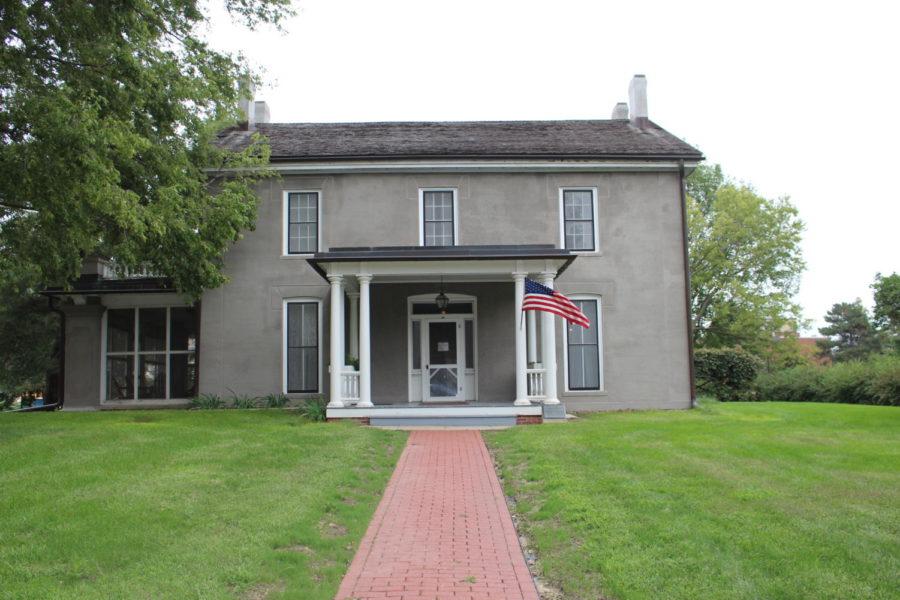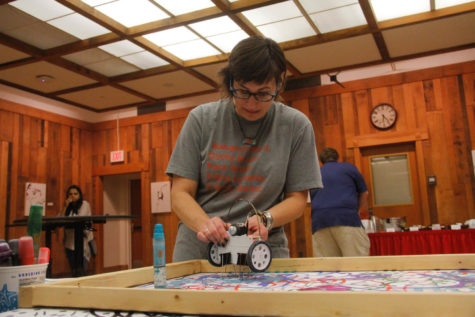- Ames247
- Ames247 / Arts
- Limelight
- Limelight / Culture
- Limelight / Culture / Campus Culture
- Limelight / Events
- Limelight / Museums Art
Art of Historic Renovation and Cultural Preservation Farm House museum tour
August 30, 2018
Iowa State is starting a new series of tours throughout the campus called “Art of Historic Renovation and Cultural Preservation.”
The series of tours started at the Farm House museum and will occur once a month at different buildings and museums on campus. The tour will cover Morrill Hall in September, Catt Hall in October, Curtiss Hall in November and Marston Hall in December.
The Farm House was built in 1858 and completed in 1861. It saw many residents before it became the museum it is today. Its previous residents included Seaman Knapp, the second president of Iowa State, James Wilson, the secretary of agriculture for 16 years, William B. Curtiss, whom Curtiss hall was named after and Floyd Andre, the dean of agriculture for many years at Iowa State.
In its beginning, the house itself was used for many different purposes. Early on it was used as the farm’s superintendent’s quarters.
Back in the day students were required to do four hours of work on the farm daily. However, that requirement was discontinued 20 years later.
When there were only a few buildings on campus, the Farm House was used as a post office, restaurant and hotel. During the Curtiss’ residence, students would work in the house as cooks and maids in exchange for room and board in the attic. The house has seen many changes with its many different residents, but it’s currently furnished to replicate what it looked like during the Curtiss’ stay.
The Farm House bears little resemblance to what it looked like when it was first built. The only hint of its original architecture is the flooring and the bricked up doorway in the main dining room.
Wilson lived in the Farm House when it was used as a duplex, and there were two entrances to his part of the house. He used brick from the foundation in the basement to cover that rear entrance to battle the Iowa winters.
Additionally, none of the furnishing throughout the house is from the original owners. During the transition to museum, the Ames community and alumni stepped up and donated anything that would contribute to replicating what each room would have looked like during the Curtiss’ stay.
The Farm House was transformed into a museum in the 1960s and finished in the 1990s. The original grant asked for $30,000, a lot of money at the time.
In the beginning of the project, an expert was brought to the house to check if the foundations were secure enough for the project to continue. He determined that it was not and the project was extended for another 30 years, raising the total cost to $300,000. Despite the hike in cost, the project was able to be completed with support from the community and alumni.
To find more information about these tours and other museum events being held on campus, visit the Iowa State University Muesums website.















